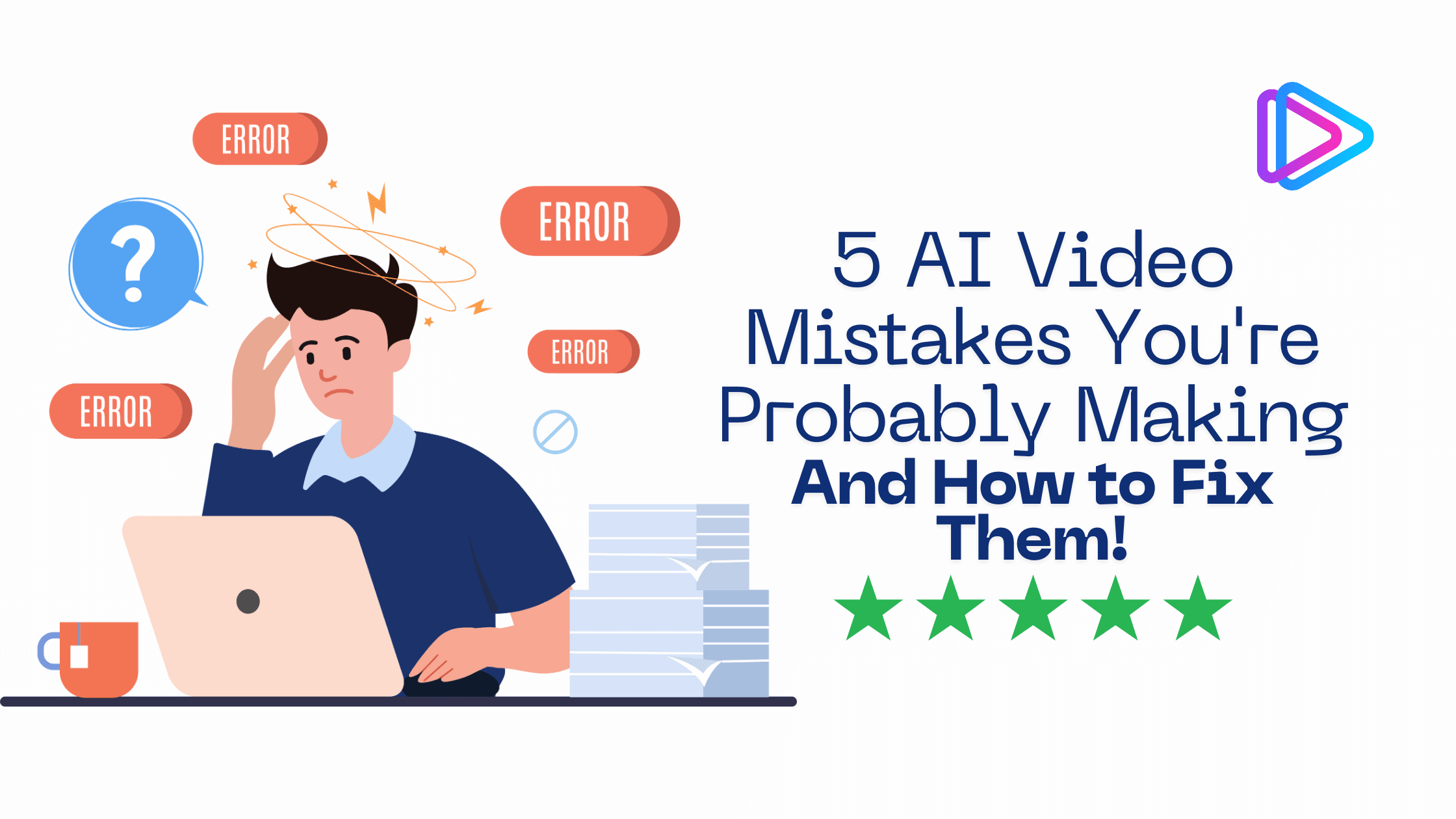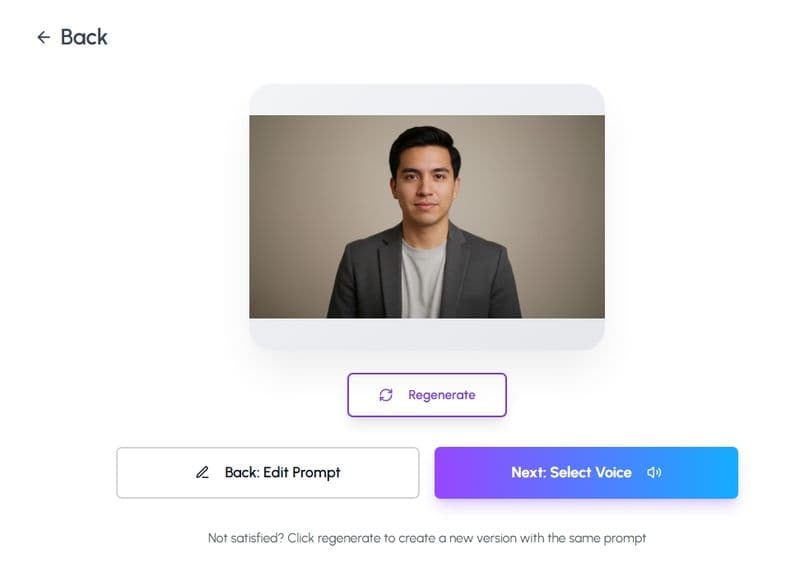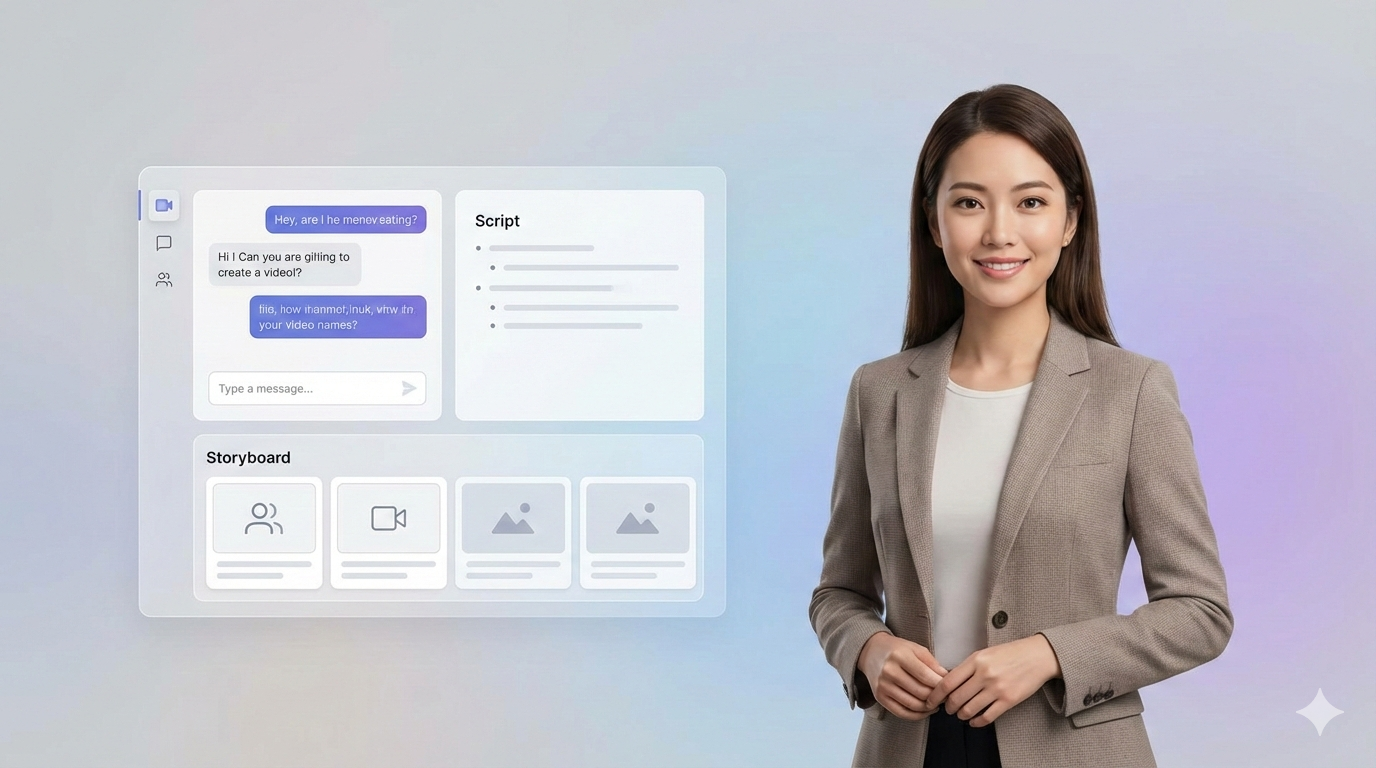
AI video tools have transformed content creation, making professional-quality videos faster and more accessible than ever. But automation has its limits. Many beginners rely too heavily on these tools without fully understanding the creative decisions that separate a good video from a memorable one.
Let us explore the most common pitfalls, along with non-obvious insights to help you avoid them—and some thought-provoking questions to reflect on as you refine your craft.
Over-relying on automation without creative direction
AI tools can generate video scripts, piece together clips, and even adjust pacing automatically. While this speeds up production, relying entirely on automation often results in videos that feel generic and lack emotional depth.
The Insight: AI works by identifying patterns across large datasets. Its outputs are often safe, familiar, and formulaic rather than original or deeply resonant.
How to fix it:
Direct the AI with intent: Feed the AI more specific prompts aligned with your brand’s tone, style, and goals instead of generic inputs.
Break the pattern: AI often creates a predictable rhythm. Intentionally disrupt the pacing—slow down for emotional moments, speed up for action sequences.
Apply human creativity: Add unique elements such as personal anecdotes, humor, or unexpected transitions AI would not generate on its own.
Reflective questions to ask:
Am I letting the AI shape the message, or am I guiding it?
What parts of the video feel “too safe” or repetitive?
Where can I inject my own perspective to make this video feel more personal?
Ignoring storytelling principles in favor of visuals
Many beginners get caught up in AI-generated effects, neglecting the core storytelling structure. A video without a clear narrative often feels disjointed, no matter how visually impressive it is.
The Insight: People engage with stories, not just visuals. Emotionally engaging videos follow a narrative structure, even in short clips.
How to fix it:
Start with a narrative blueprint: Use a framework like “problem → tension → resolution.” Even explainer videos can benefit from this basic arc.
Focus on transformation: Ensure the video answers a core question: What is changing for the viewer by the end?
Balance visuals with substance: Eye-catching effects should emphasize key moments, not distract from them.
Reflective questions to ask:
What emotional journey am I guiding the viewer through?
Is there a moment where the message feels unclear or disconnected?
Does every visual choice support the core message?
Using low-quality assets assuming AI can fix them
Many beginners believe AI can salvage poor footage or audio through enhancement tools. While AI can improve clarity, it cannot fully restore poor-quality inputs.
The Insight: AI enhancement works best on minor imperfections. Garbage in, garbage out. Poor-quality footage or distorted audio results in subpar results no matter how advanced the tool.
How to fix it:
Prioritize quality at the source: Use proper lighting, microphones, and framing during recording.
Use AI-enhancement selectively: AI tools are excellent for upscaling but cannot completely fix overexposed or underlit footage.
Check resolution settings early: Shooting in the wrong aspect ratio or low resolution often forces AI tools to stretch and distort the image.
Reflective questions to ask:
Would I feel confident sharing this footage as it is, without enhancement?
What small adjustments in my recording setup could prevent quality issues?
Am I relying on AI as a band-aid for poor planning?
Overcomplicating visual effects and transitions
AI editing tools often provide flashy effects and dynamic transitions, tempting beginners to overuse them. The result? Distracting visuals that overshadow the message.
The Insight: Visual complexity does not equal professionalism. Effective design is often about restraint and intentionality.
How to fix it:
Limit effects to serve the message: Choose effects that match the mood, like subtle crossfades for emotional videos or sharper cuts for action sequences.
Stick to a visual theme: Avoid mixing too many font styles, color palettes, or animation styles.
Use effects for clarity: Animations can emphasize important points but should never overwhelm them.
Reflective questions to ask:
Do the effects feel purposeful, or are they just filling space?
Would simplifying the visuals make the message clearer?
If I removed the effects, would the video still be engaging?
Neglecting audience retention strategies
Beginners often assume AI-generated content will naturally hold attention. However, without intentional strategies, viewers may drop off early in the video.
The Insight: Audience retention depends on constant re-engagement. AI tools rarely understand the nuances of when viewers might lose interest.
How to fix it:
Open with a compelling hook: Use a bold statement, surprising fact, or visually striking scene in the first 10 seconds.
Use pattern interrupts: Break up long segments with music shifts, camera angle changes, or text overlays to re-engage viewers.
Prompt viewer participation: Include open-ended questions or polls in your video’s call to action.
Reflective questions to ask:
What would make me stop scrolling if I saw this video?
Have I made the opening visually and emotionally captivating?
Am I giving viewers a reason to stay until the end?
Wrapping it up: Balance AI efficiency with human creativity
AI is a remarkable tool for video creation, but it thrives when paired with personal creativity and thoughtful storytelling. By balancing automation with intentional decision-making, you can create videos that are both visually stunning and emotionally impactful.
Reflective questions for future projects:
Am I using AI to assist creativity, or replace it?
What unique perspective am I bringing to this project?
How can I use AI to work smarter, not lazier?
What’s the biggest creative challenge you have faced when using AI tools? Share your thoughts in the comments—your insights could inspire others!


